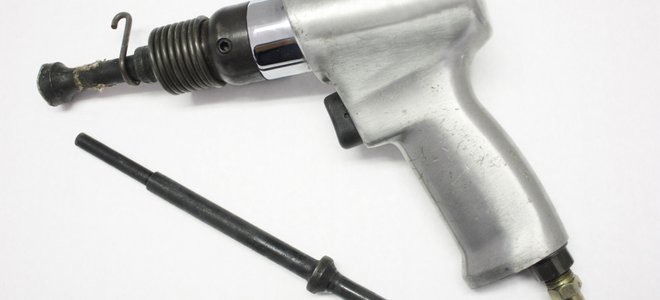Air hammers are versatile and powerful tools used in various industries for tasks ranging from metalwork to construction. Their efficiency and effectiveness in breaking, chipping, and shaping materials make them invaluable, but their power also means that safety should be a top priority. Here are essential tips for operating air hammers safely to ensure both optimal performance and protection from injuries.
1. Understand the Equipment
It is important to know the operation and components of an air hammer before using it. Carefully read through the manufacturer’s manual to become well-versed in the basic operations, upkeep needs, and safety characteristics of the device. Understanding the functions of your air hammer can keep you from making safety mistakes.
2. Wear Appropriate Personal Protective Equipment (PPE)
Safety is paramount when using air hammers and should never be negotiable. Always wear:
- Eye protection: Goggles, or safety glasses to protect from debris and dust.
- Earplugs: Something to cover the ears is essential when using air hammers as they can be very loud and damage your hearing.
- Gloves: Used to reduce vibration, and reduce possible injuries, but do not let it be too loose or get stuck in moving parts.
- Dust mask or respirator: Not breathing in too many particles, a dust mask will help you to breathe safely.
3. Inspect the Tool Before Use
Regular inspection of your air hammer is crucial for safety. Before starting, check the following:
- Air hose: Ensure it is free of kinks, cracks, or damage.
- Connections: Verify that all connections are secure and free from leaks.
- Tool condition: Look for any signs of wear or damage on the air hammer itself, including the chisel orbit. Replace any worn or damaged parts before use.
4. Use the Right Bit or Chisel
Choose the right bit or chisel for the task. Incorrect attachment usage causes ineffective work to be carried out as well as malfunction increases the chance of accidents happening. Make sure that the bit or chisel is securely fitted and aligned with the tool, so it won’t pop off during use.
5. Secure the Workpiece
Ensure that the material you are working on is firmly secured. A loose workpiece can move unpredictably, potentially causing injury or damaging the tool. Use clamps or a vice to hold the material steady, and always position it in a stable and accessible location.
6. Maintain a Firm Grip and Stable Stance
Hold on to your air hammer tight always and never have a shake in your stance. It will also allow you to take better hold of the tool and prevent slipping or an accident a due to lack of equilibrium. In the standing position, keep a stable stance with your legs slightly more than shoulder length apart and avoid little movements that could disbalance you.
7. Avoid Overreaching and Strain
Overreaching or applying excessive force can lead to loss of control and increase the likelihood of accidents. Work within your comfortable reach and apply force gradually. Let the air hammer do the work; forcing it too hard can damage both the tool and the workpiece.
8. Follow Proper Operating Procedures
Always adhere to the recommended operating procedures for your specific air hammer model. This includes using the tool at the correct pressure settings and operating it within its designed capacity. Misuse of the tool can lead to malfunction or injury.
- You Will Want to Keep Your Area Clean
Disorganized workspaces are one of the most extreme safety hazards. Always maintain clear workbench space around your working area to avoid any tripping hazard and also be sure nothing will obstruct the air hammer operation. Keep all tools and supplies properly kept when not in use.
- Shut Down and Store Properly
Once you finish, shut the air hammer power off and disconnect it from the air supply. If not, store the tool in a clean, dry area. With the help of regular maintenance; you can keep your air hammer running fine and working well by merely cleaning it from time to time, as well as lubricating its parts.
Operating an air hammer also requires safety and correct use. These tips allow you to get the best work done with minimal chances of injury. Always remember, safety is more important than anything else, and giving your air hammer the time to work will get you better results and keep you safer on the job.






